The 8 Most Worthy Museums in the World to Visit in Your Lifetime
Ignorance destroys people while knowledge enriches people. Vision is the birthplace of knowledge. In addition to reading, traveling, and communicating with people, you can also visit various cultural venues such as art exhibitions, art galleries, and museums to learn all kinds of knowledge and enrich yourself. Visiting a museum is like a journey of discovery. The world is too big, and our perspectives need to be constantly enriched. Here are eight museums you must visit in your lifetime.
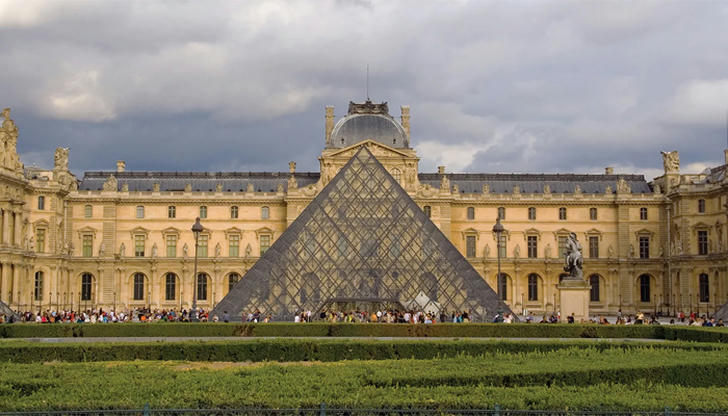
Paris, France • The Louvre Museum
The Louvre Museum is one of the most precious buildings of the French Renaissance. Located on the north bank of the Seine River in the center of Paris, France, it ranks first among the four major museums in the world.
The gorgeous palace is elegant. It also has a rich collection of classical paintings and sculptures. It has an art collection of more than 400,000 pieces, including sculptures, paintings, arts and crafts from ancient Oriental, ancient Egypt, ancient Greece, ancient Rome, and other categories.

London, UK • British Museum
The British Museum is the largest and oldest comprehensive museum in the world and one of the most famous four major museums in the world. It has collected many cultural relics and treasures from all over the world, as well as the manuscripts of many great scientists. The richness and variety of collections are rarely seen in museums around the world.
The British Museum has a collection of more than 8 million items, including 23,000 rare treasures from China throughout the ages, many of which will not be displayed publicly. The treasure of the museum is the Tang Dynasty copy of The Picture of Women's History by Gu Kaizhi in the Eastern Jin Dynasty. Only special experts can view it in the secret room of the collection. The most famous themed exhibition halls in the museum are the Egyptian Museum of Antiquities and the Museum of Oriental Art and Cultural Relics, with a large number of precious collections.

New York, USA • Metropolitan Museum of Art
The Metropolitan Museum of Art is the largest art museum in the United States and one of the four famous museums in the world. Together with the United Nations Headquarters in New York, they constitute two major intersections of the past and the future of mankind.
The Metropolitan Museum of Art is a Gothic building with more than 200 galleries. As of now, the museum currently has a collection of 3 million exhibits.
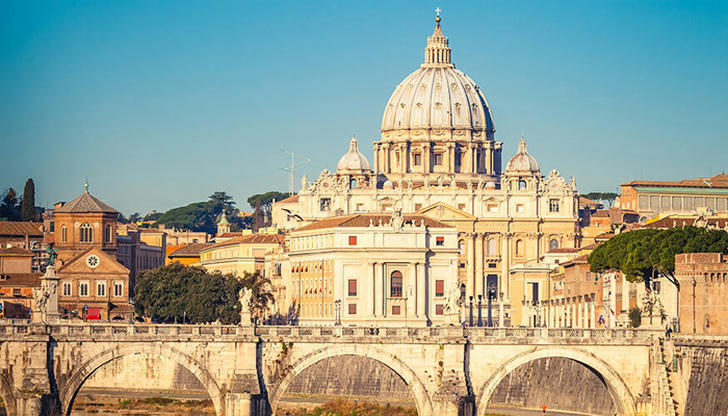
Vatican City • Vatican Museums
The Vatican Museums are located in the center of Rome in the Catholic country of the Vatican, the smallest country's museum in the world. With a total area of 55,000 square meters, it was formerly the Papal Palace and is mainly used to collect and preserve rare cultural relics and art treasures. In addition to the collections inside, the architectural style of the museum itself is also commendable.
This place mainly collects art, most of which is the artistic essence left over from the Renaissance. For archeology enthusiasts, some ancient Greek and Roman cultural relics in the museum are worth studying.
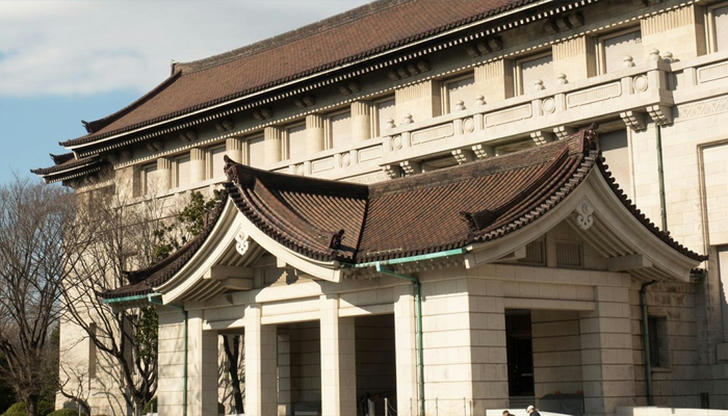
Tokyo, Japan • Tokyo National Museum
There are 4 exhibition halls in the Tokyo National Museum with a total of 110,000 collections, including 87 Chinese treasures, 634 important cultural relics, and some entrusted cultural relics. The main building is composed of buildings that symbolize Japanese history, and has always been called "a museum of art museum buildings and museum buildings."
The main museum displays Japanese art, unearthed cultural relics, and crafts in categories. The Oriental Museum displays fine arts and archaeological artifacts from Asia, Egypt, and other places.

St. Petersburg, Russia • Winter Palace
The Hermitage Museum is one of the four major museums in the world. It was originally the private residence of Empress Catherine II. In 1764, Catherine II purchased 250 paintings by Rembrandt, Rubens, and others from Berlin and stored them in the newly built "Hermitage" wing of the Winter Palace, hence the name of the museum.
The museum consists of the Department of Primitive Culture, Department of Ancient Greek and Roman World, Department of Oriental Ethnic Culture, Department of Russian Culture and History, Department of Numismatics, Department of Western European Art, Department of Science and Education, and Department of Restoration and Preservation, with more than 350 experts and scholars.
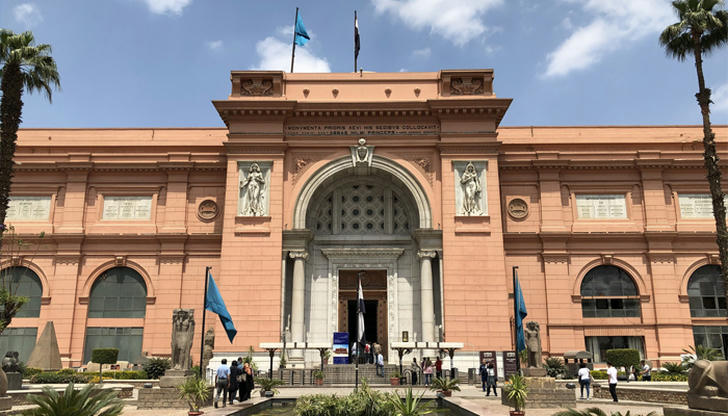
Cairo, Egypt • Egyptian Museum
The National Museum of Egypt is one of the world-famous large-scale museums today. It contains the best parts of Egyptian archaeological discoveries. It is also the most famous and largest museum in the world that collects ancient Egyptian cultural relics. Egypt, an ancient civilization, has left countless cultural relics and treasures to mankind.
In 2003, the National Museum exhibited to the public for the first time, 60 exquisite cultural relics unearthed in the Behnaisa Archaeological Zone, dating back to the Coptic, Greek, and Roman periods of ancient Egypt. The treasures unearthed from the tomb of Pharaoh Tutankhamun are the treasures of the museum. These include the human-shaped golden coffin, the golden bottle room, the golden throne, the queen's golden crown, etc.
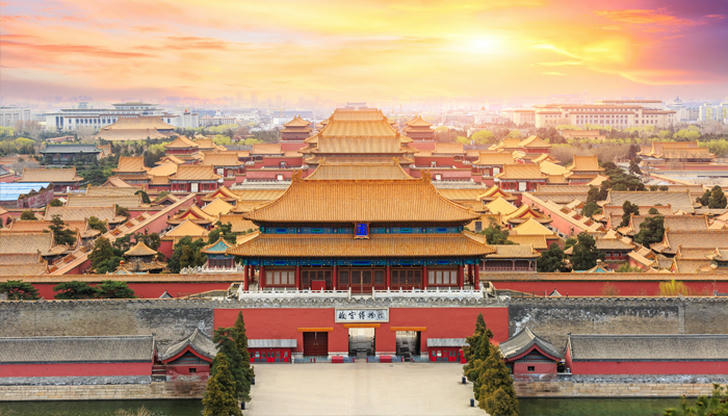
Beijing, China • The Palace Museum
The Palace Museum in Beijing was established in 1925 and is located in the Forbidden City of the Forbidden City in Beijing. It is a comprehensive museum in China established based on the imperial palaces of the Ming and Qing Dynasties and their collections. It is also the largest ancient culture and art museum in China. Its cultural relics collection mainly comes from the old collections of the Qing Dynasty palaces.
In 1987, it was selected for the World Heritage List. The total number of cultural relics in the collection is nearly one million, and there are many national-level art treasures. The famous painting Along the River during the Qingming Festival is collected here.
